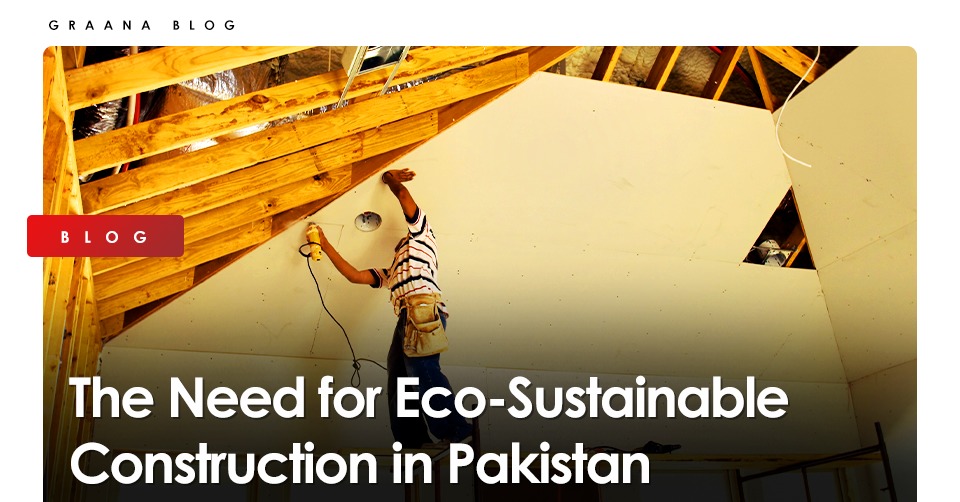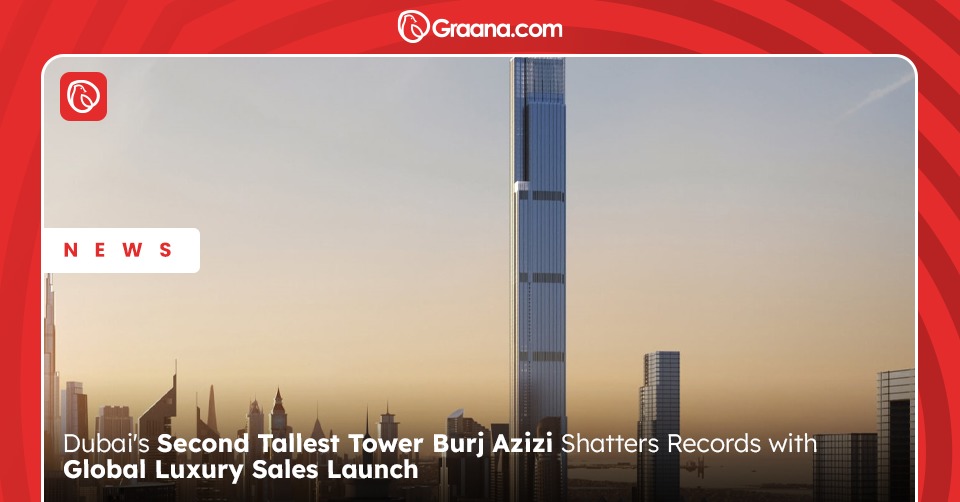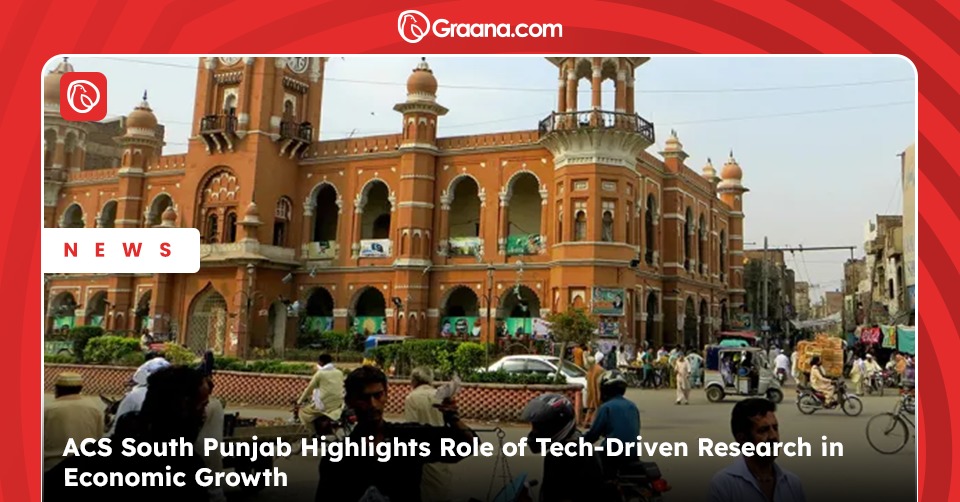People usually possess the notion that adopting a green lifestyle is a costly investment. However, this is a massive misconception, and quite frankly, there are several economic adjustments one can adopt to minimize your carbon footprint. If you ever decide to go green, you need to inhabit eco-friendly ways at many levels starting from daily activities such as cooking and cleaning to home improvements tasks or even when you plan on building a new home. So, if you want to learn how you can build a beautiful yet eco-friendly home, keep reading!
The Need For Action
Currently, Pakistan is dealing with the worst energy crisis, resulting in public inconvenience and unrest, ultimately slowing down its economic activity.
Pakistan is amidst one of the worst energy crises in its history, which cause public unrest and slows down its economic activity. The escalation of population parallel to climate change, natural disasters, and global energy leads to alarming concerns about the upcoming energy supply in Pakistan. Today, the power shortage crossovers 6000 MW being exacerbated by the excessive dependence on furnace oil.
Initiatives Taken So Far
After many years of irresponsible usage of non-renewable energy resources and creating havoc in the shape of global warming, pollution, acid rain, we have taken an initiative to strive to restrict the excessive usage of energy resources to decrease the negative impacts.
The Building and Construction Improvement Program (BACIP), also recognized internationally by the World Bank and the World Habitat Award, caters to the social-economic issues in Pakistan and provides environmentally-friendly solutions. With the help of a grant from the US Environmental Protection Agency, BACIP has presented 60 different household technologies and improvements to the residents of Northern Areas and Chitral, developing a well-maintained market between local manufacturers and users.
These affordable products comprising fuel-efficient stoves, energy housing insulation, water warming facilities, etc., assist in improving air quality, health, and the lifestyles of individuals while conserving energy and saving trees. This program is beneficial to over 15,000 houses in Pakistan.
The Need For Green Buildings
Green buildings being a huge trend in many developing countries. These buildings are site-specific and designed appropriately. It corporates efficient water and energy technologies, recycled and renewable building materials, therefore, minimizing the negative impact on the environment. Moreover, green building reduces wastage and demolition debris, efficient air quality, and is easier to maintain. The US Green Building has initiated LEED, also known as Leadership in Energy in Environment Design ratings to validate green buildings as Gold, Platinum, Silver, and certified rakings, with Platinum holding the highest rank.
Generally speaking, initial building costs incorporating green products and ways is equivalent to the current building practices. However, in some cases, green building material may cost more. Still, on the other hand, several green building methods are low in cost compared to traditional building methods keeping in view the lifestyle costs. For example, a building operated on solar energy will cost more than a non-solar building. But if long-term costs are calculated, the solar building would be a wise investment.
On the contrary, considering the non-solar building, more money will be spent on operational and maintenance costs if a building is heated or cooled by the energy-driven from fuel, fossil fuel comparative to a building heated by solar energy. Even today, in buildings, there is potential for renovation to incorporate green building technologies and methods. For instance, an un-insulated building could be retrofitted with insulation and several other conservation methods to enhance comfortable conditions within the building, thus reducing energy consumed for heating and cooling.
The building consumes about 40% of the world’s total energy globally. Though energy use is an imperative factor, green building materials and methods are also crucial. This not only promotes a healthy indoor environment but also limits the negative influence on the environment. Many buildings eradicate VOC- volatile organic compounds; insulation, caulking, plywood stains, lacquers, and sealers comprise formaldehyde, a carcinogen. As an alternative, materials that are zero VOC or containing low VOC should be used.
Carpets are not a good choice for green buildings. As a substitute, cork and bamboo flooring, bare-colored concrete floors, and linoleum sheet flooring are eco-friendly options. Sandstone and slate floors are better than marble flooring or granite since they require deep scarring and quarrying of the earth. Ceramic tiles are chemically inert and recyclable. Furthermore, glass also requires a lot of energy to manufacture, but recycled glass is a good option. Broken pieces of glass could also be used to make terrazzo floors.
The use of steel in buildings is both good and bad. The mining of iron ore is highly destructive to the environment. On the other hand, steel requires a large amount of energy to produce and transport. But steel is also a durable and highly sustainable material that requires less maintenance and is highly recyclable and chemically inert.
Bricks also need a lot of energy to be manufactured and transported to the construction site but again require less maintenance, are recyclable, and inert. Green roofs are great alternatives to bare roofs in an urban setup. He helps insulate the roof, filter the water, prevent roof damage and absorbs pollution, and extend the roof’s overall life.
Energy used for lighting, heating, and cooling eats up a large portion of the energy used in buildings and is taken from non-renewable resources. In Pakistan, the consumption of domestic electricity is about 45% of the total electricity generation. Pakistan needs 19500 MWMW of electricity generating capacity to function properly. The expected shortfall for this year would be approximately 4000 MW of electricity. Incorporating green building methods and substitute renewable resources to supply power to the buildings and practicing energy-saving methods will conserve energy; reducing energy use. To name a few, a building could use wind energy, passive solar strategies, earth berms, rood ponds, natural and induced ventilation, LED lighting technology, green roofs, cool roofs, photovoltaic cells, and xeriscaping.
Oil, gas, and many other non-renewable resources are quick to run out quickly even though their current use creates many pollution problems, degradation of the environment, and global warming. The use of energy-reducing and comfort-inducing techniques in some buildings is sustainable and goes a long way for comfort and lighting in Pakistan. Using greenhouse materials and methods, we can build a healthy, non-toxic environment. Solar, wind, and other resources are the future, which is why we need a course correction to switch from non-renewable resources to renewable energy sources.
Conclusion
To conclude everything discussed above, the government must start a program to encourage energy reduction in buildings in terms of incentives ad rebates to the private sector that caters to such projects. Pakistan’s building energy codes should be implemented in renovating the old buildings and employing the above-discussed methods in the upcoming construction of new buildings. Moreover, including these methods in the curriculum of students will create awareness among students. There should also be campaigns and seminars that discuss these factors to make people aware of this field. By doing so, individuals will come forward to create a future by adopting a green lifestyle. Hence, incorporating these methods in creating top eco-friendly buildings as a natural and internalized ethic would promote reduced energy use.




